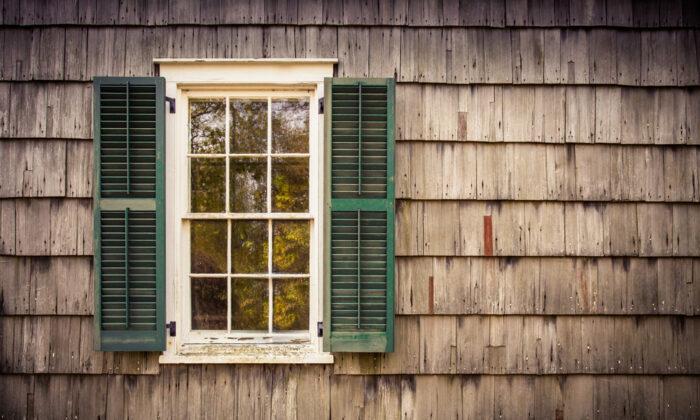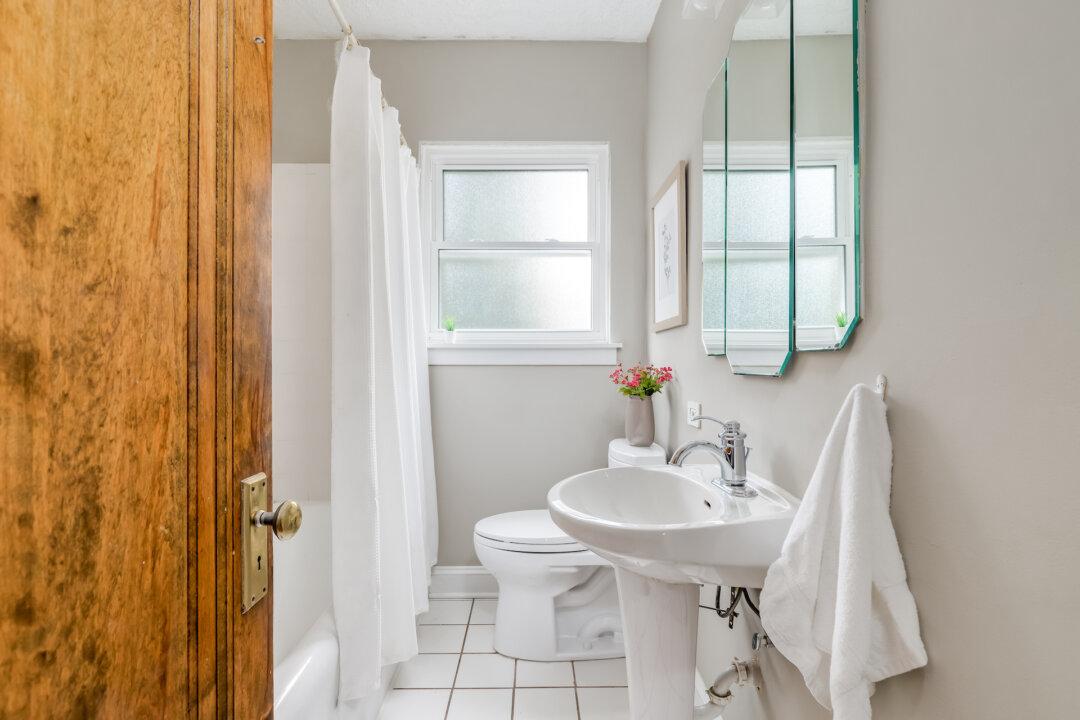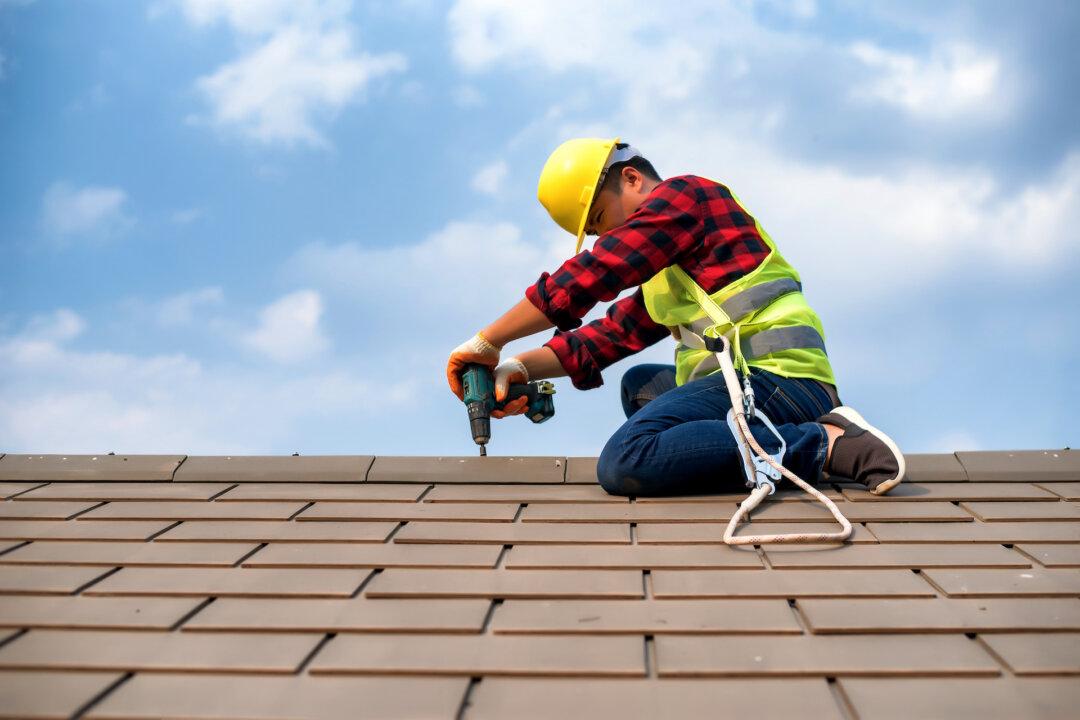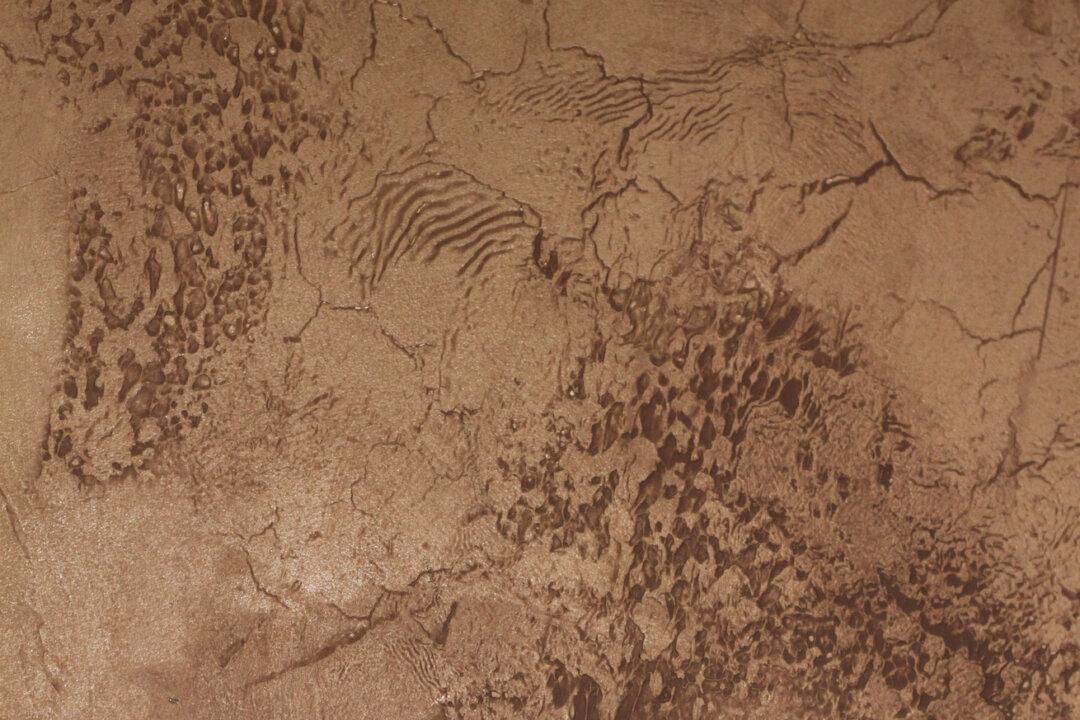Dear James: My roof and wood siding should be replaced soon. Cedar shingle or shake siding and roofing would be my preferred option. Is there a real difference between shingles and shakes? —Barry L.
Dear Barry: Cedar is an excellent choice for a durable and unique appearance for your house. Alaskan yellow or western red cedars are most commonly used on houses. There will be some regular maintenance required with cedar, even though it is naturally resistant to insects and moisture issues.
Cedar shingles and shakes look somewhat similar, and few people, including many professionals, can tell them apart or understand the differences. These differences are significant enough that it is important to select the proper one for various applications on your house.
In general, shakes are cut more roughly and are not as uniform as shingles. Shakes are commonly available in thicknesses from about 1/2 inch to 1 inch, but thicker ones are available for special order. Shakes give the house a more rustic appearance than shingles. Both are equally durable, so the desired appearance should determine which you select.
Shakes are available in two basic grades—premium or No. 1. Premium shakes have 100 percent edge grain, and No. 1 shakes can have up to 20 percent flat grains in each bundle. With either grade, since they are not uniform, roofing felt should be woven between the courses of shakes to avoid leaks.
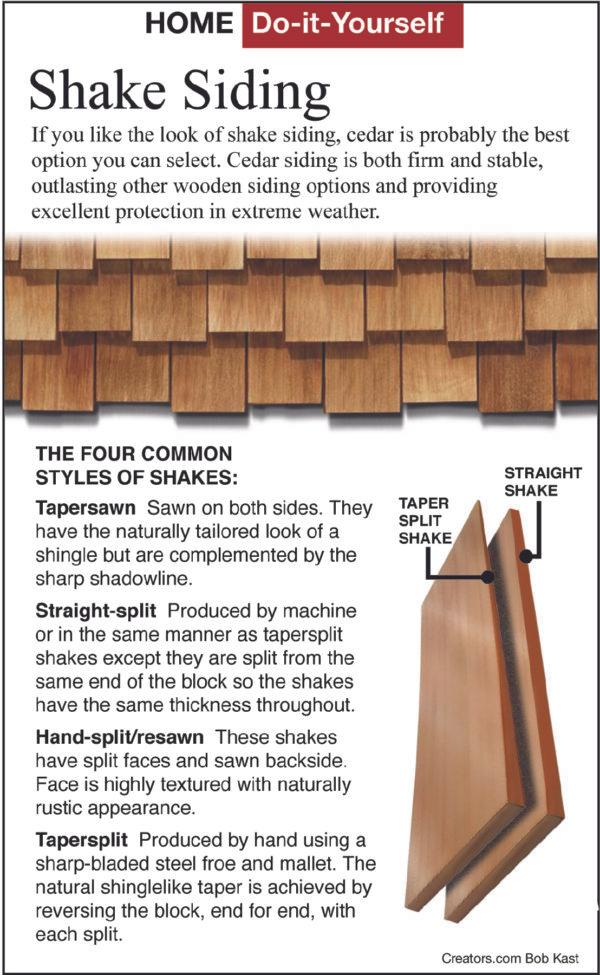
The four common styles of shakes are tapersawn, straight-split, hand-split/resawn, and tapersplit. Tapersawn shakes are sawn on both sides, creating a semitextured surface. When installed, they create a more defined shadow line than shingles. They are available in both grades and are the least expensive cedar shake.
Straight-split shakes have no taper and give the home a barnlike appearance. These can be made by hand or with a machine and are available only in premium grade. Hand-split/resawn shakes have a rustic exterior face with a smoother sawn and tapered back. Tapersplit shakes are hand-split on both sides for a very nonuniform, rustic look. They are available in only premium grade.
All cedar shingles are tapersawn to create their uniformity. The sawn surface is fairly smooth, but sanded smooth ones are also available. They can also be grooved to simulate a split shake. Shingles are generally thinner than shakes and are seldom greater than 1/2-inch thick.
The length of cedar shingles used can impact the appearance of your house. FiveX shingles are 16 inches long and slightly less than 1/2-inch thick. Perfection shingles are 18 inches long and slightly thicker. Royal shingles are 2 feet long and 1/2-inch thick.
No. 1 blue label is the highest-quality grade of cedar shingles. This grade has no knots and is 100 percent edge-grain heartwood. No. 2 red-label shingles are still acceptable quality for most applications. They contain some flat grain and sapwood, but their cost is significantly less than blue-label shingles. No. 3 black-label shingles are the least expensive and have knots.
For the longest-lasting roof, consider installing an aluminum roof formed to simulate cedar shakes. From the ground, it looks authentic. The large panels make installation quicker than real shakes or shingles. The aluminum roof can keep your house cooler during the summer, and it is fireproof, so your insurance premiums may be lower.
Send your questions to Here’s How, 6906 Royalgreen Dr., Cincinnati, OH 45244, or visit Dulley.com. To find out more about James Dulley and read features by other Creators Syndicate writers and cartoonists, visit the Creators Syndicate website at Creators.com. Copyright 2020 Creators.com.

